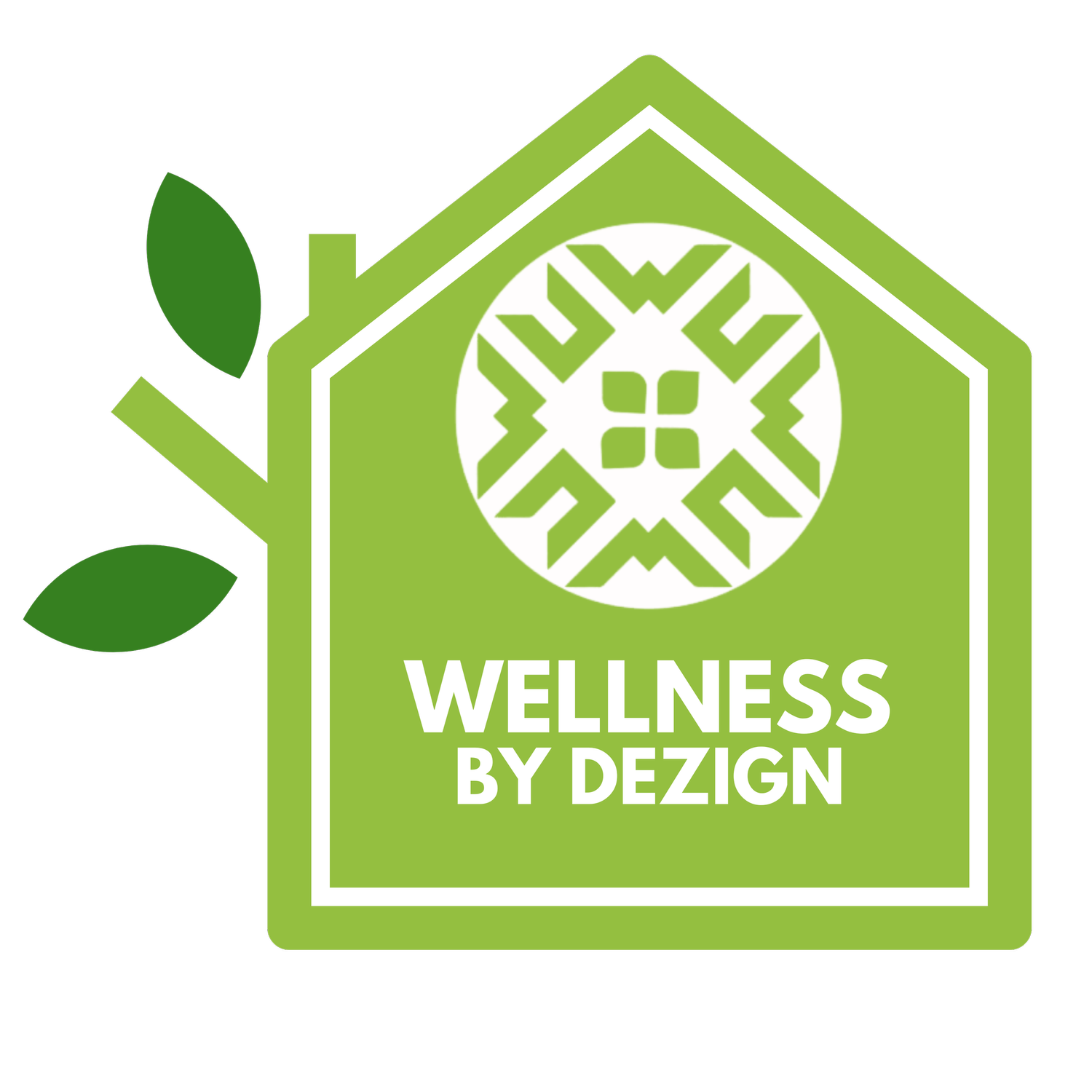GWI’s “Pathway to Wellness Architecture & Design” - A Summary
The Global Wellness Institute's (GWI) Wellness Architecture & Design Initiative released in December 2024 a new white paper titled "Pathways to Wellness Architecture and Design," presenting a paradigm shift in how we perceive and implement wellness in the built environment.
Key Highlights of the White Paper:
Regenerative Design Approach: The white paper emphasizes a regenerative design approach that promotes health and wellness outcomes for people, the built environment, and nature.
Shift in Attitudes: It underscores that wellness architecture and design is not merely a movement but a shift in attitudes, advocating for spaces that actively contribute to the well-being of their occupants.
Integration of Wellness in Real Estate: The document highlights the growing trend of integrating wellness into residential and commercial spaces, aligning with the rise of wellness real estate developments worldwide.
Trauma-Informed Design: It discusses the importance of creating physical spaces that foster healing and resilience, considering the needs of individuals with lived experiences of trauma.
Universal Design Principles: The white paper emphasizes the significance of universal design in ensuring that spaces are accessible to people of all abilities, promoting inclusivity and reducing barriers to health and wellness activities.
Biophilic Design Elements: It explores the role of biophilic design in reducing stress, improving mood, and enhancing cognitive performance by incorporating natural elements into the built environment.
Resources and Research: The GWI provides valuable resources and research at no cost, fueling thought leadership and innovation in the wellness industry.
Call to Action: By supporting the GWI, individuals and organizations can contribute to the creation and distribution of important work that impacts the well-being of our planet and its people.
This white paper serves as a comprehensive guide for architects, designers, developers, and policymakers aiming to create environments that enhance human health and well-being, fostering a holistic approach to wellness in architecture and design.
Link here to download the white paper from the GWI website.
Editors of The White Paper: Dr. Phillip James Tabb and Lahra Tatriele. Contributing Authors: Valentina Cereda, Anthony J. Di Guiseppe, Sherry Fong and Kailas Moorthy.

